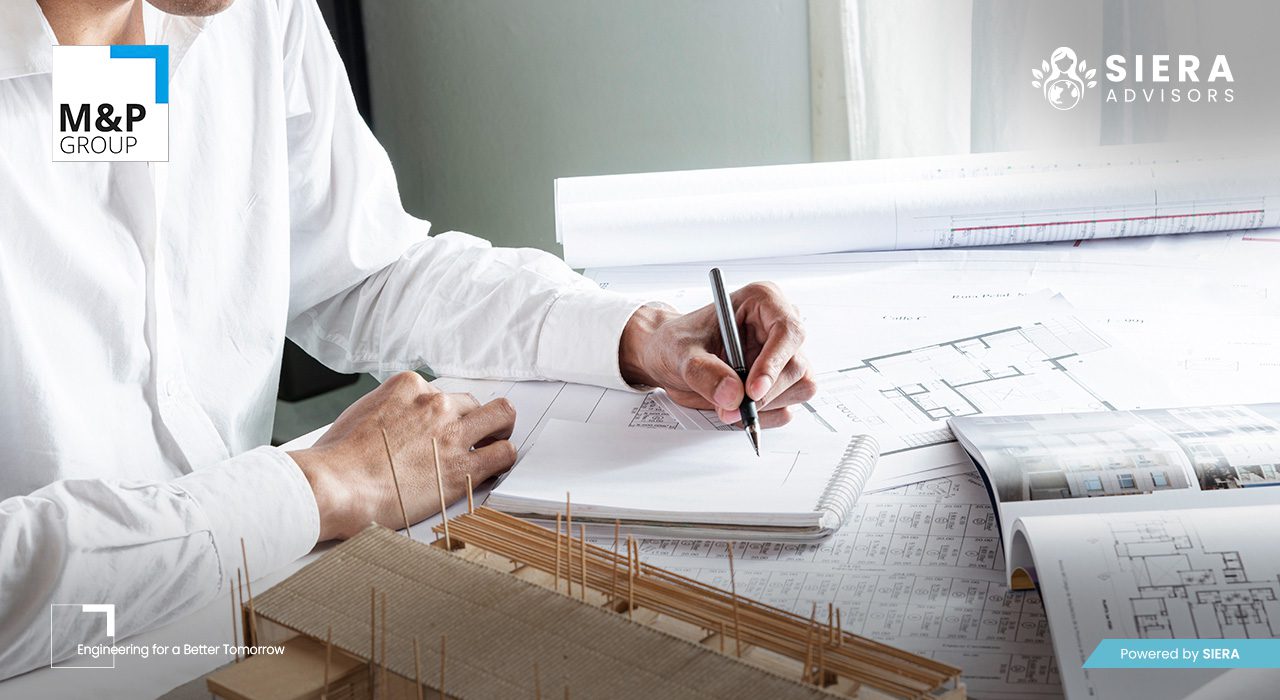In der malerischen Region Rhein-Neckar steht ein ikonisches Kulturzentrum vor einer bedeutenden Umgestaltung, die es an die Anforderungen des 21. Jahrhunderts anpasst. Das Hauptziel dieses ehrgeizigen städtischen Entwicklungsprojekts ist es, den Standort zu modernisieren und dabei das kulturelle Erbe zu bewahren, damit das Zentrum weiterhin als lebendige Repräsentation einer Minderheitengemeinschaft in Deutschland dient. Die Neugestaltung wird dem Zentrum nicht nur ein modernes Erscheinungsbild verleihen, sondern auch seinen Status als architektonisches und kulturelles Wahrzeichen im Stadtbild festigen und seine historische Bedeutung sowie seine Wichtigkeit für die lokale Gemeinschaft würdigen.
Ein geschichtsträchtiger Ort
Dieses Kulturzentrum im Herzen der Altstadt ist seit den 1990er Jahren ein zentraler Anlaufpunkt für die Gemeinde. Es befindet sich auf einem ehemaligen Industriegelände, nur wenige hundert Meter von einem bedeutenden historischen Denkmal und dem Neckar entfernt. Aufgrund seiner Nähe zu wichtigen Sehenswürdigkeiten spielt es eine zentrale Rolle bei der Bewahrung der kulturellen Identität der vertretenen Minderheit. Im Jahr 2020 wurde ein Wettbewerb zur architektonischen Neugestaltung ausgeschrieben, bei dem innovative Vorschläge gesucht wurden, die dem Zentrum neues Leben einhauchen und gleichzeitig den Erhalt des kulturellen Erbes sicherstellen.
Der Siegerentwurf wurde aufgrund seines visionären Ansatzes ausgewählt, der zeitgenössische Ästhetik harmonisch mit dem reichen historischen Kontext des Standorts vereint. Das Projekt sieht den Abriss von drei der vier bestehenden Gebäude vor, während das vierte, ein denkmalgeschütztes Gebäude, sorgfältig renoviert wird, um seine architektonische und kulturelle Bedeutung zu bewahren. Das Ergebnis wird eine nahtlose Verschmelzung von Alt und Neu darstellen, die sowohl das Erbe der Vergangenheit als auch das Potenzial der Zukunft widerspiegelt.
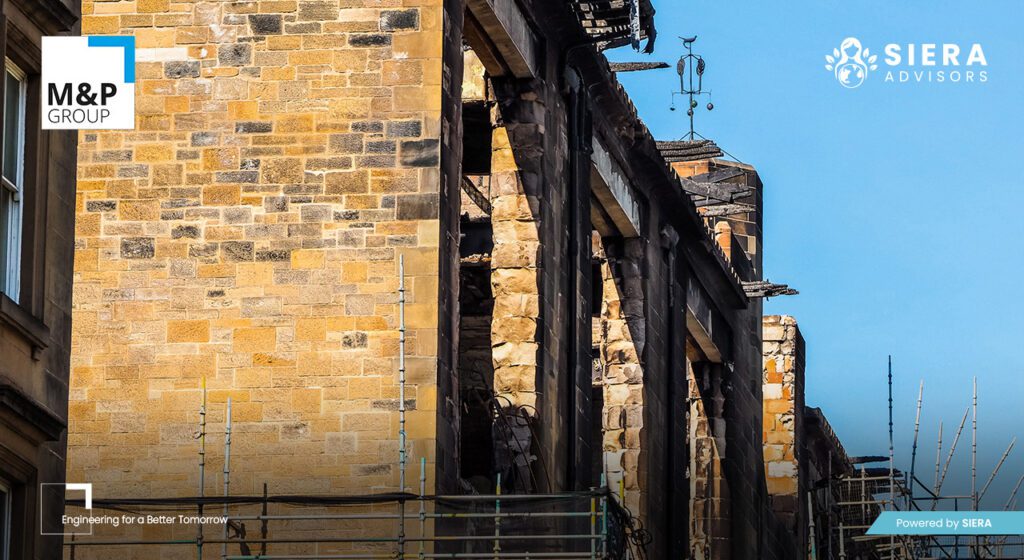

Umfassende Umweltprüfung: Einhaltung von Vorschriften sicherstellen
Vor Baubeginn mussten sowohl die ökologischen als auch die baulichen Aspekte des Projekts gründlich untersucht werden. Im Herbst 2021 wurde die renommierte M&P Umwelttechnik GmbH mit der Durchführung einer umfassenden baulichen Untersuchung und Umweltprüfung aller vier Gebäude beauftragt. Ziel der Untersuchung war es, den Zustand der vorhandenen Baumaterialien zu bewerten und die Einhaltung moderner Umweltvorschriften sicherzustellen.
Im Rahmen dieses Prozesses wurden etwa 70 Proben aus verschiedenen Teilen der Gebäudestruktur entnommen. Diese Proben unterzogen sich einer detaillierten Laboranalyse, die sich auf zwei Hauptaspekte konzentrierte: die Identifikation potenzieller Gefahrstoffe und die Bestimmung der richtigen Baustoffklassifizierung gemäß den Abfallgesetzen. Diese Untersuchung war entscheidend für die weiteren Schritte sowohl bei der historischen Gebäudesanierung als auch beim umweltgerechten Abriss der anderen Bauwerke.
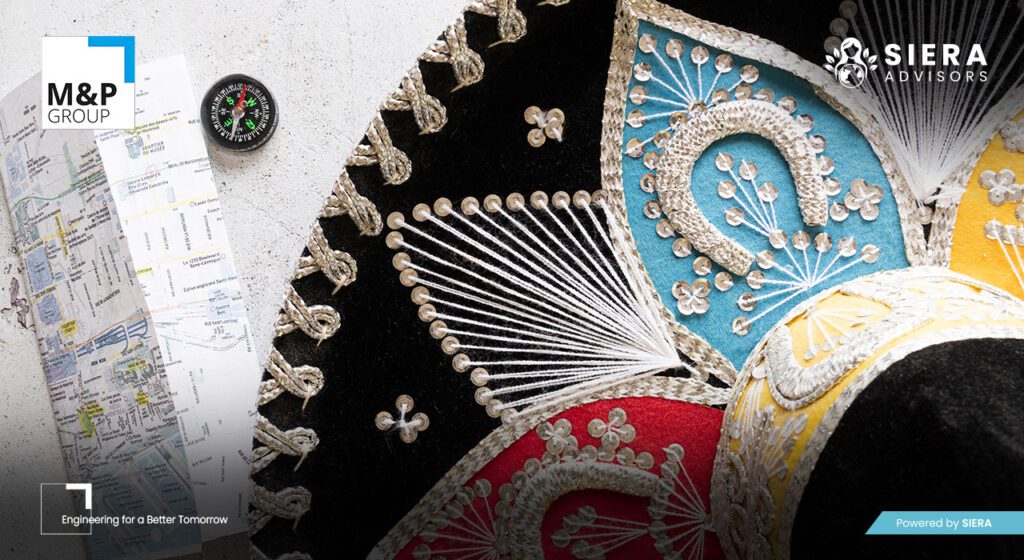

Anpassung an neue Umweltvorschriften
Mit dem Fortschreiten des Projekts führten Änderungen der gesetzlichen Anforderungen im Bereich der Abfallwirtschaft zu einer verstärkten Überprüfung. Die bedeutendste dieser Änderungen war die Verabschiedung der Verordnung über Ersatzbaustoffe am 1. August 2023, die eine erneute Bewertung der Baustoffklassifizierung erforderlich machte. Die mineralischen Baustoffe mussten neu bewertet werden, um sicherzustellen, dass sie den neu festgelegten Umweltvorschriften entsprechen. Die M&P Umwelttechnik GmbH wurde erneut mit der Durchführung der aktualisierten Untersuchungen beauftragt, was das Engagement des Projekts sowohl für die Einhaltung der gesetzlichen Vorgaben als auch für die ökologische Nachhaltigkeit unterstreicht.
Durch die Anpassung an die sich weiterentwickelnde regulatorische Landschaft zeigt das Projekt seine Verpflichtung zu nachhaltiger Stadtentwicklung. Dies gewährleistet nicht nur den sicheren Umgang mit und die Entsorgung von potenziell gefährlichen Materialien, sondern hebt auch die Bedeutung hervor, moderne Baupraktiken mit den neuesten Umweltvorschriften in Einklang zu bringen.
Anpassung an neue Umweltvorschriften
Im Verlauf des Projekts führten Änderungen der gesetzlichen Anforderungen an die Abfallwirtschaft zu einer intensiveren Überprüfung. Die bedeutendste dieser Änderungen war der Erlass der Ersatzbaustoffverordnung am 1. August 2023, die eine Neubewertung der Baustoffklassifizierung erforderlich machte. Die mineralischen Baustoffe mussten neu bewertet werden, um sicherzustellen, dass sie den neu festgelegten Umweltvorschriften entsprachen. Die M&P Umwelttechnik GmbH wurde erneut mit der Durchführung der aktualisierten Untersuchungen beauftragt, was das Engagement des Projekts für die Einhaltung von Rechtsvorschriften und ökologische Nachhaltigkeit erneut bekräftigt.
Durch die Anpassung an die sich entwickelnde regulatorische Landschaft demonstriert das Projekt sein Engagement für nachhaltige Stadtentwicklung. Dies gewährleistet nicht nur die sichere Handhabung und Entsorgung potenziell gefährlicher Materialien, sondern unterstreicht auch die Bedeutung, moderne Baupraktiken mit den neuesten Umweltvorschriften in Einklang zu bringen.
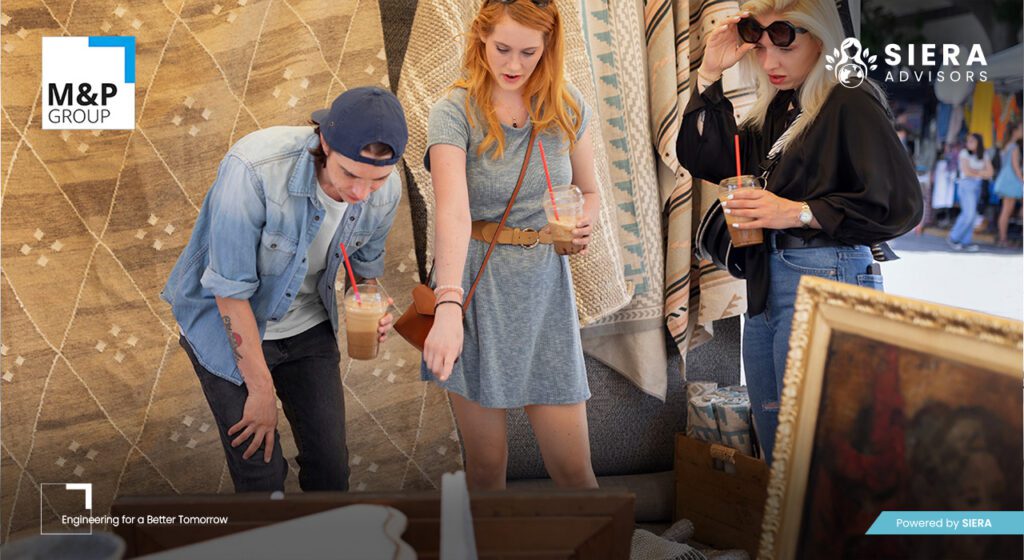

Der Untersuchungsbericht: Den Weg in die Zukunft ebnen
Die Ergebnisse der detaillierten Umwelt- und Strukturuntersuchungen wurden in einem umfassenden Untersuchungsbericht zusammengefasst. Dieser Bericht lieferte wertvolle Erkenntnisse und Empfehlungen, die das Projekt während der Bauphase leiten werden. Die Ergebnisse betrafen zentrale Aspekte wie den sicheren Umgang mit in den Baumaterialien identifizierten Schadstoffen und bewährte Verfahren für die historische Gebäudesanierung.
Der Bericht enthielt zudem strategische Empfehlungen zum verantwortungsvollen Abriss der verbleibenden Strukturen bei gleichzeitiger Minimierung der Umweltauswirkungen. Diese Empfehlungen sind von entscheidender Bedeutung, um sicherzustellen, dass die Sanierung des Kulturzentrums sowohl umweltbewusst als auch im Einklang mit den Zielen der Erhaltung des kulturellen Erbes erfolgt. Durch die Verbindung von städtebaulicher Entwicklung und Denkmalpflege soll das Projekt einen neuen Standard für zukünftige Umgestaltungen von Kulturstätten in Deutschland setzen.
Eine Vision für die Zukunft: Erhaltung und Modernisierung des kulturellen Erbes
Während das Projekt der Bauphase näher rückt, ist es ein Beweis für die Kraft einer durchdachten städtischen Entwicklung, die das kulturelle Erbe respektiert und aufwertet. Die sorgfältige Erhaltung der verbleibenden historischen Struktur in Kombination mit der umweltfreundlichen Sanierung des Geländes wird das Kulturzentrum in ein modernes Zentrum verwandeln, das weiterhin die Minderheitengemeinschaft repräsentiert und ihr dient, die es seit langem unterstützt.
Dieses Projekt geht nicht nur um die Modernisierung eines alten Gebäudes, sondern auch um die Bewahrung der kulturellen Identität einer Gemeinschaft bei gleichzeitiger Öffnung für die Moderne. Das neu gestaltete Zentrum wird hochmoderne Einrichtungen bieten und gleichzeitig seine historischen Wurzeln bewahren, wodurch es zu einem integralen Bestandteil der städtischen Landschaft wird. Durch die Partnerschaft mit der M&P Umwelttechnik GmbH und die Einhaltung strenger umweltrechtlicher Vorschriften ist das Projekt auf dem besten Weg, ein kulturelles Wahrzeichen zu schaffen, das sowohl ein Symbol für die Vertretung von Minderheiten als auch ein Vorbild für nachhaltige Entwicklung darstellt.
Auf diese Weise geht die Umgestaltung des Kulturzentrums über die reine Architektur hinaus – sie wird zu einem Symbol für die Erhaltung des kulturellen Erbes, für Umweltverantwortung und für eine zukunftsorientierte Stadtentwicklung, die Tradition und Innovation miteinander in Einklang bringt.
